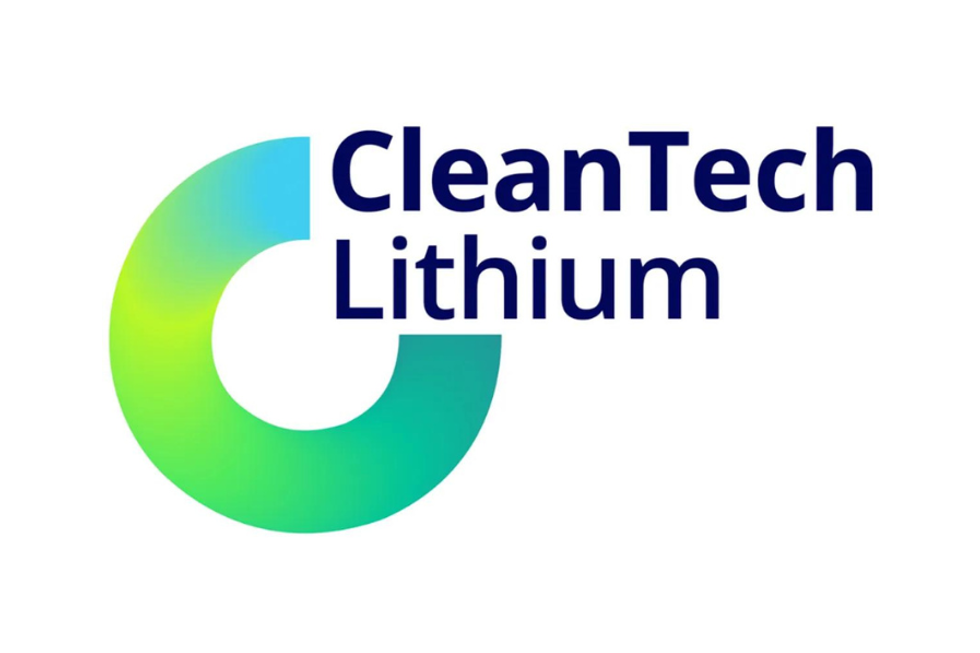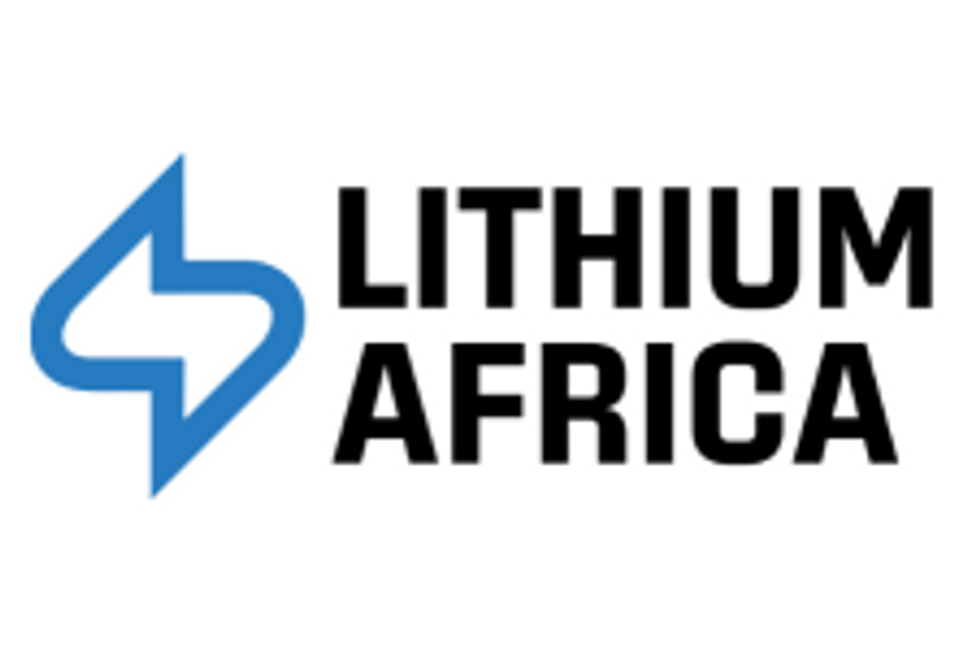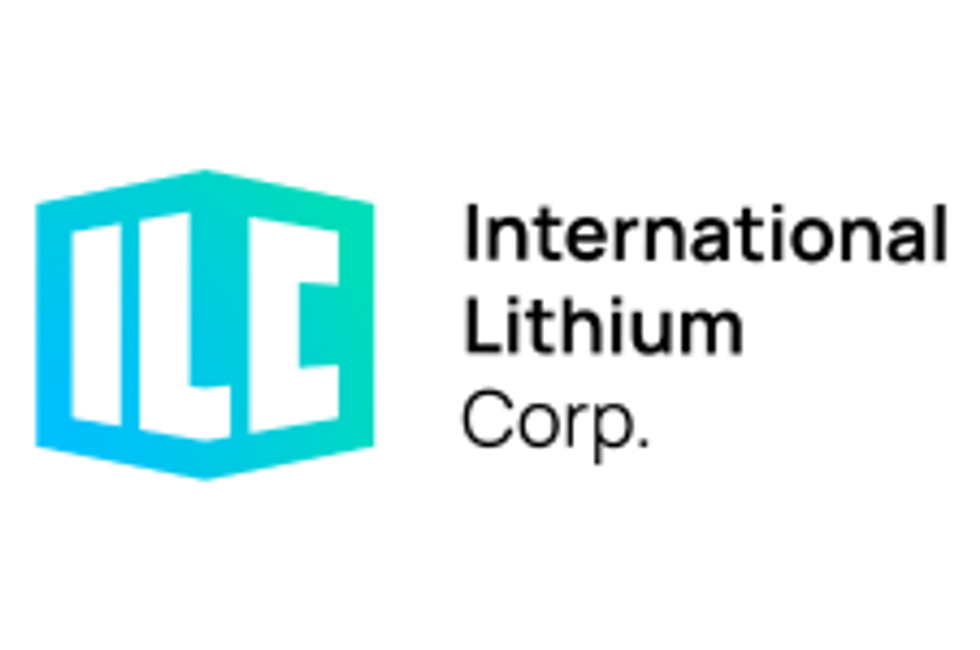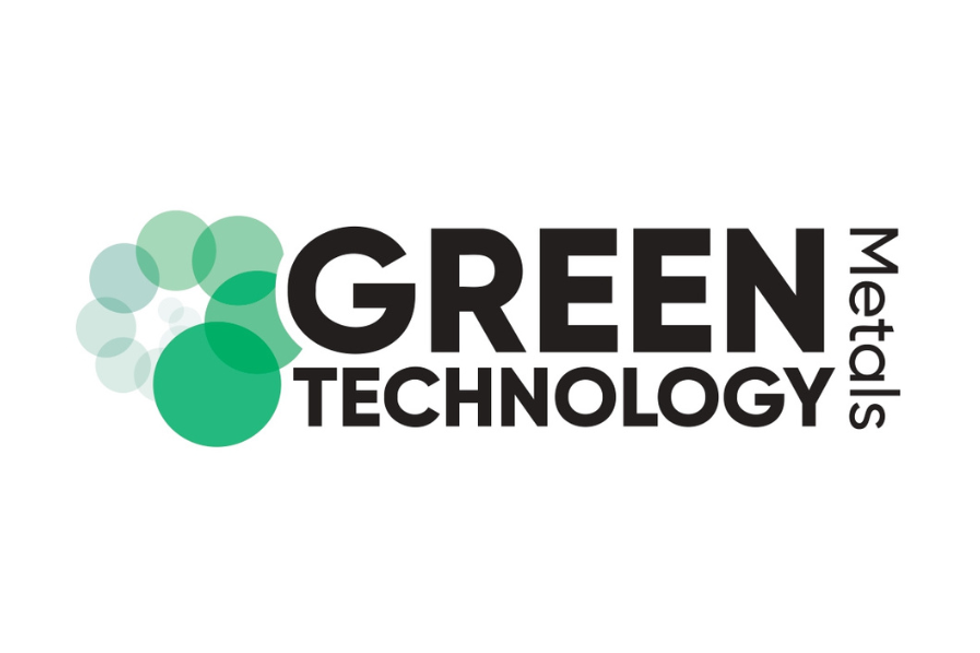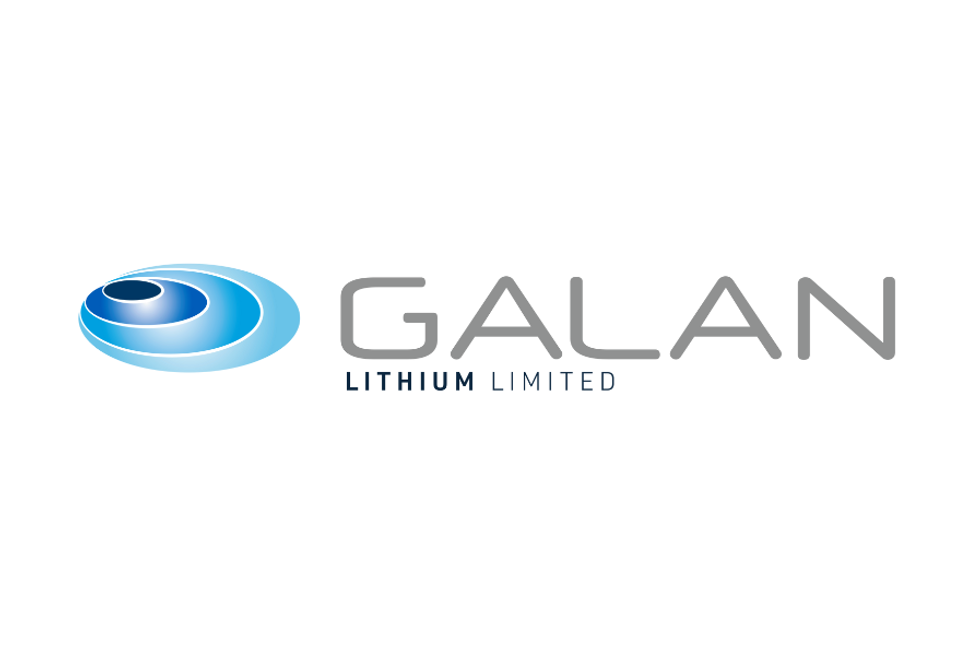Lithium Market Update: Q1 2025 in Review
The global lithium market remains under pressure from persistent oversupply, with prices falling to four year lows and companies making production cuts and delaying projects.
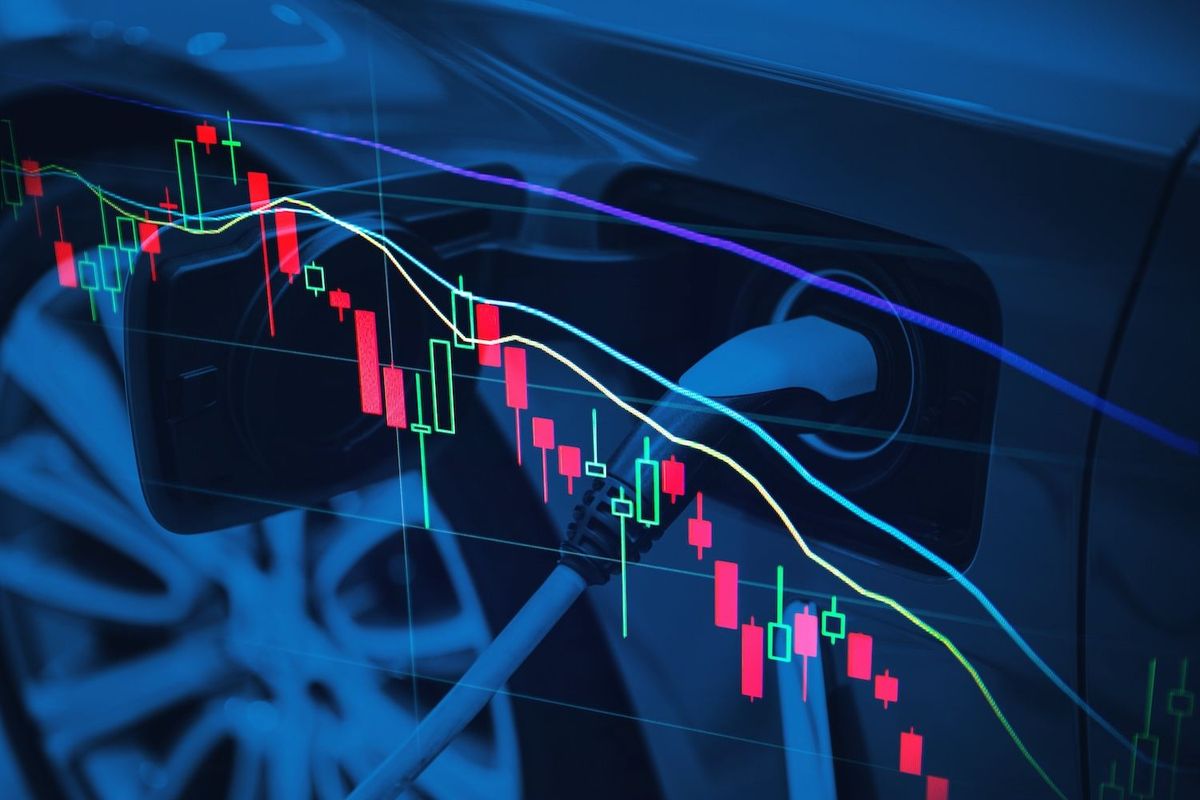
The global lithium market experienced a significant downturn during the first quarter of 2025, with some price segments falling to four year lows. Persistent oversupply and weaker-than-anticipated demand, particularly from the electric vehicle (EV) sector, prevented any market gains over the three month period.
After starting the year at a steady pace, the lithium carbonate CIF North Asia price fell below US$9,550 per metric ton in February, its lowest point since 2021. Its downward trend has triggered more production cuts and project delays among major producers, especially in Australia and China, as companies seek to balance the market.
With prices well off highs seen in 2021 and 2022, analysts are suggesting that these adjustments may signal a market bottom, with projections indicating a potential shift to a lithium supply deficit as early as 2026.
Lithium market continuing to rebalance
Over the last five years, annual global lithium carbonate production has ballooned, rising from 82,000 metric tons in 2020 to 240,000 metric tons in 2024, representing a 192 percent increase.
As output more than doubled, demand failed to keep pace, leading to massive market oversupply.
In a February report, Fastmarkets analysts note that the lithium market saw an estimated surplus of 175,000 metric tons in 2023 and 154,000 metric tons in 2024.
The firm expects this surplus to continue contracting in 2025, with experts anticipating a much tighter balance ahead. They see a surplus of just 10,000 metric tons in 2025 followed by a 1,500 metric ton deficit in 2026.
This sentiment was echoed by Adam Webb, head of battery raw materials at Benchmark Mineral Intelligence, during a market overview at the Benchmark Summit, held in Toronto in early March.
“We're expecting this year for the market to remain in surplus,” he said. A 2025 surplus paired with high inventory levels from the previous two years is expected to impede price movement.
“Our expectation for this year is that lithium carbonate prices will remain about where they are, US$10,400 per metric ton,” Webb told attendees. “But if we look further ahead, from 2026 onwards, that market is switching into the deficit, albeit quite small to start with, and that will end up being supportive of prices.”
As Webb explained, prices need to find some support because current levels are unsustainable.
“I think we've more or less hit the bottom,” he said told the audience while pointing to a chart showcasing the all-in sustaining cost curve for lithium in 2025. Webb added that at the current price level of US$10,400 per metric ton, "about a third of the industry currently is not profitable. So prices can't move much lower, because that's going to put even more production under pressure, and you can see more supply come offline."
Stifled, stranded and shuttered supply
The sharp decline in lithium prices has already compelled various lithium-mining companies to curtail production, delay expansion plans and implement workforce reductions.
In August 2024, Pilbara Minerals (ASX:PLS,OTC Pink:PILBF) reported an 89 percent year-on-year drop in annual net income and deferred plans to create the world's largest lithium mine. The company also said it would reduce its capital expenditures to between AU$615 million and AU$685 million for the current financial year.
This past February, Albemarle (NYSE:ALB) halted expansion plans for its Kemerton plant in Western Australia and mothballed its Chengdu lithium hydroxide plant in China, citing prolonged low prices. The company also reduced its 2025 capital expenditure forecast by US$100 million, to US$700 million to US$800 million.
Additionally, Mineral Resources (ASX:MIN,OTC Pink:MALRF) mothballed its Bald Hill operations in December, and Liontown Resources (ASX:LTR) has scaled back its production targets for the Kathleen Valley lithium project in response to prolonged low lithium prices. The company now plans to reach a production rate of 2.8 million metric tons per year by the end of its 2027 fiscal year — pushing back its earlier goal of hitting 3 million metric tons by Q1 2025.
The broad market weakness in the lithium sector has also led to some deals.
In early March, mining major Rio Tinto (ASX:RIO,NYSE:RIO,LSE:RIO) completed its US$6.7 billion purchase of Arcadium Lithium. Through the deal, Rio Tinto has acquired several lithium carbonate projects in Argentina, as well as lithium hydroxide production capacity in the US, Japan and China. The company is aiming to increase its lithium carbonate equivalent production capacity to over 200,000 metric tons annually by 2028.
Also in March, Lithium Americas (TSX:LAC,NYSE:LAC) secured a US$250 million investment from Orion Resource Partners to support the development and construction of Phase 1 of its Thacker Pass lithium project in Nevada.
The funding package is expected to fully cover project and corporate costs through the construction phase, with completion of Phase 1 targeted for late 2027.
Earlier in the quarter, Standard Lithium (TSXV:SLI,NYSE:A:SLI) and Equinor (NYSE:EQNR) announced that their joint venture, SWA Lithium, had received a US$225 million grant from the US Department of Energy. The funding is earmarked for the construction of Phase 1 of the South West Arkansas lithium project.
Battery sector growth key to long-term lithium recovery
The largest factor behind lithium market oversupply has been the gap between projected and actual EV demand. Ambitious projections about EV adoption through the 2020s led producers to ramp up lithium output in anticipation of a surge in EV sales; however, EV adoption has been slower than expected, leading to excess supply.
“(In 2024), EV growth was slower than had been expected, but actually it still grew significantly globally,” said Webb. “But there were really important regional differences in that growth.” He went on to explain that China’s EV market saw a 36 percent year-on-year increase, with plug-in hybrids making up 40 percent of sales.
In contrast, EV sales in Europe declined by 4 percent, largely due to subsidy cuts in Germany. North America experienced 8 percent growth, albeit from a smaller base, Webb added.
“China will remain the biggest growth market (over the next decade),” he said. “But in the EU we're expecting six times the number of sales in 10 years, and here in North America seven times.”
The lithium market is also expected to benefit from higher energy storage system demand, which is set to increase from US$251.14 billion in 2024 to US$271.73 billion in 2025. In 2024, the energy storage system segment contributed to a 28 percent year-on-year increase in battery demand, according to the Benchmark analyst.
“Looking out 10 years, it's still quite a rosy picture, really — a 15 percent CAGR out to 2035 — and that translates to more demand for the raw materials that go into these batteries,” said Webb.
Additionally, this expansion has been impacted by economies of scale, which have sent battery cell prices to record lows — they averaged US$73 per kilowatt-hour in 2023 and hit US$63.50 kilowatt-hour in December.
Reduced battery costs could offer long-term support to the demand narrative by helping to drive down the cost of EVs and energy storage systems.
Energy storage demand a potential major catalyst
The rapid growth in energy storage was also underscored by Ernie Ortiz, president and CEO of Lithium Royalty (TSX:LIRC,OTC Pink:LITRF) and a panelist at the Benchmark Summit.
When asked if there will be enough future supply to meet demand projections, Ortiz was optimistic.
“I do think there will be enough supply, but at a price,” he said.
“So you need prices to rise in order to incentivize that new supply response.”
He went on to explain that in 2025, lithium supply growth is projected at about 17 percent, but with energy storage demand potentially doubling, that sector alone could absorb the expected supply increase. When combined with rising EV demand, much of the additional supply may be consumed, potentially reducing inventory levels by year end.
“Then you probably incentivize some of the care-and-maintenance assets,” said Ortiz. “But then you look at 2026 and 2027, and there's a very limited investment for greenfield assets.”
Long-term lithium price outlook
Benchmark has pegged the CAGR of the lithium market at 12 percent over the next 10 years, although this could be impeded due to the amount of project delays and shutterings. In the long term, the metals consultancy and pricing firm is also projecting a significant gap between projected demand and currently financed supply.
Webb explained that unfunded projects and future yet-to-be-identified greenfield developments together represent 1.3 million metric tons of lithium carbonate equivalent that the market will need.
“For those projects to be incentivized, prices have to rise,” said Webb. “Our long-term incentive price for lithium is US$21,000 per metric ton. So prices will have to rise in the longer term for lithium.”
Don't forget to follow us @INN_Resource for real-time updates!
Securities Disclosure: I, Georgia Williams, hold no direct investment interest in any company mentioned in this article.

